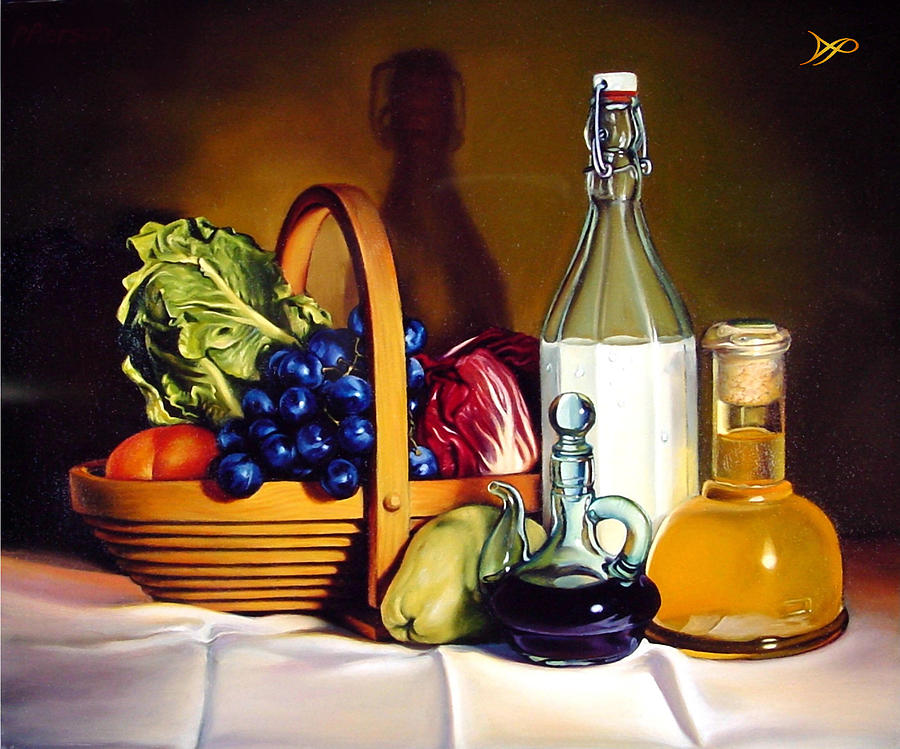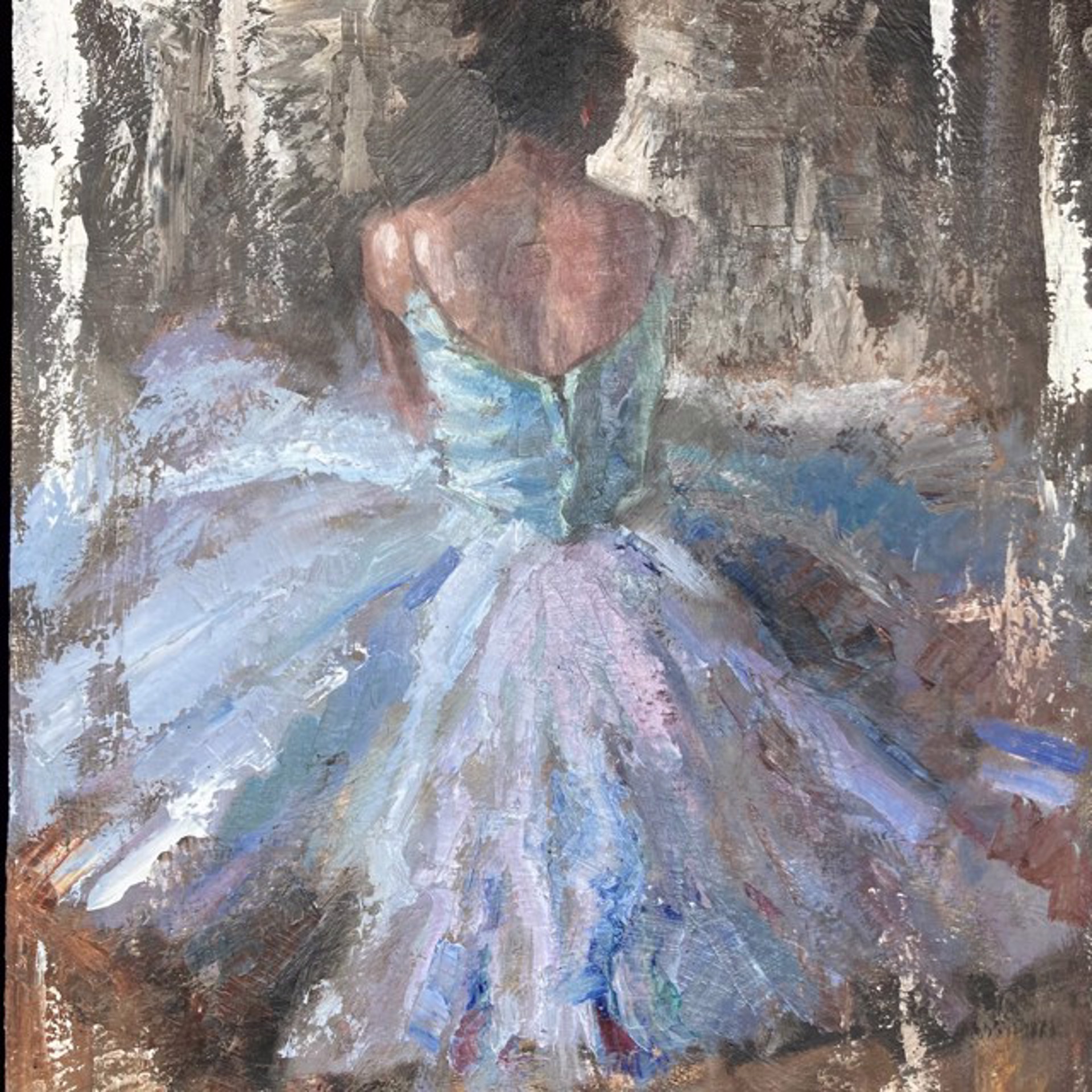Exploring All Concerning Oil Paintings: A Guide to Comprehending Their Appeal and Value
Oil paints have captivated audiences for centuries, using a glimpse right into the creative mastery of various periods. Their rich history is linked with ingenious methods and profound emotional expression. Understanding the products and techniques behind these artworks can enhance recognition. Furthermore, the market for oil paintings presents chances for financiers and collection agencies alike. As one discovers this interesting globe, the inquiry develops: what makes an oil painting absolutely valuable?
The Background of Oil Painting: A Trip With Time
Oil painting has origins that date back to old times, it really flourished throughout the Renaissance, when musicians found its flexibility and rich shade possibility. Early instances can be traced to the 7th century, with strategies evolving especially across societies. The medium came to be popular in Northern Europe in the 15th century, particularly with the jobs of musicians like Jan van Eyck, who spearheaded its usage for comprehensive realism and vivid shades. This period noted a departure from tempera paints, permitting higher deepness and texture. As oil paint spread, it affected countless musicians, resulting in work of arts by popular figures such as Leonardo da Vinci and Rembrandt. The tool's heritage continues, forming the art world well into modern times.
Understanding Oil Paints: Products and Techniques
As artists explore the globe of oil paints, they come across a varied variety of materials and methods that specify this tool. The primary components of oil paint consist of pigments, which offer shade, and drying oils, such as linseed, that bind the pigments and help with application. Different additives can change the paint's structure and drying time, improving versatility. Methods like glazing, where transparent layers are developed, and impasto, which entails applying thick paint, permit different aesthetic effects. Additionally, the use of brushes, combination blades, and even fingers can create unique structures and coatings. Understanding these techniques and materials enables artists to completely express their creativity and achieve the wanted influence in their art work.
The Function of Color in Oil Paintings
Color plays a critical role in oil paints, influencing both aesthetic charm and emotional vibration. Comprehending color concept essentials, including the relationships in between hues, can boost a musician's ability to share state of mind and environment. Furthermore, grasping color mixing strategies enables better depth and splendor in a painting's scheme.

Shade Concept Fundamentals
Recognizing shade concept is necessary for musicians working with oil paints, as it creates the structure for producing aesthetically appealing and harmonious compositions. Shade concept includes the study of how shades connect, the shade wheel, and the relationships between key, additional, and tertiary colors. Musicians use complementary colors to improve contrasts and produce centerpieces, while similar shades promote unity and cohesiveness within a piece. In addition, the ideas of amazing and warm shades influence the perception of deepness and space in a paint. Grasping these principles enables artists to adjust color effectively, guiding the audience's eye and interacting their desired message. Mastery of shade theory inevitably enhances a musician's ability to convey feelings and ideas with their job.
Emotional Effect of Shade
The psychological effect of shade in oil paintings plays a crucial duty in exactly how visitors perceive and link with artwork. Colors stimulate details feelings and state of minds, influencing the customer's emotion. As an example, warm hues like oranges and reds can create a sense of heat and energy, while great tones such as blues and greens commonly evoke calmness or self-contemplation. Artists tactically select shade combinations to improve narrative aspects, assisting the target market's psychological journey. The saturation and contrast of colors even more enhance these effects, drawing attention and creating emphasis. Inevitably, the interplay of colors in oil paintings not only enhances their aesthetic appeal yet additionally works as a powerful medium for psychological expression, improving the visitor's experience and interpretation.
Color Mixing Techniques
While many aspects of oil paint add to the total make-up, understanding shade blending strategies is essential for achieving preferred impacts and depth. Color mixing can be come close to via numerous approaches, consisting of the subtractive and additive procedures. Additive blending includes integrating shades of light, while subtractive mixing relies on pigments, where colors mix to develop brand-new shades. Artists typically use a limited palette to develop unified jobs, recognizing the partnerships in between main, secondary, and tertiary colors. Strategies such as glazing and scumbling better boost depth and brightness. By skillfully blending colors, a musician can evoke feelings, create focal factors, and achieve a feeling of realistic look, eventually elevating the painting's aesthetic and emotional effect.
Famous Oil Painters and Their Iconic Works

Well known for their mastery of color and technique, oil painters have produced several of one of the most well known art work in history. Renowned musicians like Vincent van Gogh astounded target markets with his stirring brushwork in "Starry Evening," while Claude Monet's "Impact, Sunrise" prepared for Impressionism. Leonardo da Vinci's "Mona Lisa" stays an enduring symbol of imaginative genius, showcasing his ability in capturing human expression. Rembrandt's "The Night Watch" shows his ingenious use of light and shadow. Various other remarkable numbers consist of Pablo Picasso, that reinvented modern-day art with his vibrant trial and error in jobs like "Les Demoiselles d'Avignon," and Georgia O'Keeffe, whose vibrant depictions of landscapes and flowers assisted define American innovation. Each musician's one-of-a-kind style contributed considerably to the oil paint landscape.
Just how to Review the Quality of an Oil Paint
Reviewing the top quality of an oil painting involves a mindful analysis of craftsmanship techniques, along with an evaluation of color and composition. Observing brushwork, layering, and the application of paint can reveal the musician's ability degree. In addition, the interplay of colors and the general arrangement of components add significantly to the paint's visual worth.
Evaluating Workmanship Methods
A precise assessment of craftsmanship techniques is essential for determining the quality of an oil paint. Critics must initially examine the application of paint; thick, distinctive brushstrokes might suggest a proficient hand, while overly consistent applications could suggest an absence of depth. oil paintings for sale. The layering strategy is likewise crucial; the presence of lusters and varied thickness can boost brightness and complexity. Furthermore, the quality of the products made use of, such as the canvas and pigments, plays a considerable role in durability and general aesthetic. Focus to information in elements like sides and changes between shades reflects the musician's commitment to their craft. Inevitably, these methods add to the paint's psychological impact and market value, serving as indicators of the musician's skill and intent
Examining Shade and Composition
While assessing the top quality of an oil paint, one need to focus on the interaction of color and composition, as these components are fundamental to the artwork's general effect. Color options can evoke emotions and develop mood; consequently, the artist's scheme should be taken a look at for harmony and contrast. A healthy composition guides the visitor's eye and produces a feeling of unity. Musicians often utilize methods like the regulation of thirds or leading lines to enhance visual rate of interest. Furthermore, the use of light and shadow can add deepness, boosting the three-dimensionality of the paint. Ultimately, a successful oil paint marries shade and make-up, engaging the viewer and inviting a much deeper appreciation of the artist's vision and technique.
Caring for and Preserving Oil Paintings
Correct care and preservation of oil paints is essential for preserving their stability and long life. To shield these art work, it is crucial to present them far from website straight sunlight, which can create fading and discoloration. Maintaining a stable setting with regulated temperature level and humidity further aids in stopping damage. Cleansing need to be done carefully using a soft, completely dry towel, avoiding any type of severe chemicals that can harm the paint or varnish. Routine assessments for indications of wear and tear, such as cracking or flaking, are advisable. When storing or moving oil paints, appropriate extra padding and framework are essential to prevent physical harm. Inevitably, persistent treatment adds to the visual allure and worth of oil paints with time.
The Market for Oil Paintings: Spending and gathering
Comprehending the marketplace characteristics for oil paints is crucial for financiers and collectors alike. The worth of these art work is affected by different aspects, consisting of the musician's online reputation, historical value, and present trends. Collectors typically seek pieces that reverberate directly while considering possible gratitude in worth. Public auctions and galleries serve as key places for trading, with costs fluctuating based upon need and rarity. Purchasing oil paintings needs study right into the marketplace, as well as an understanding of authenticity and provenance. Furthermore, arising artists may use possibilities for significant returns, while established names can regulate high prices. On the whole, a tactical technique to accumulating can generate both aesthetic satisfaction and monetary rewards.

Often Asked Questions
What Are the Environmental Impacts of Oil Paint Materials?
The ecological effects of oil painting products include the release of unpredictable organic substances (VOCs), unsafe waste generation, and source extraction for pigments. These factors contribute to contamination and environmental degradation, increasing problems among eco aware artists and consumers.
Just How Do Various Canvases Influence Oil Painting Results?
Different canvases affect oil painting results considerably. Surface area, absorbency, and structure quality can alter paint application, drying times, and shade vibrancy. Musicians typically select details canvases to achieve preferred effects and improve their creative expression.
Can Oil Paintings Be Brought Back if Damaged?
If damaged, Oil paints can without a doubt be brought back. Professional conservators utilize different techniques to fix splits, clean surfaces, and address discoloration, making sure that the art work preserves its original charm and value for future generations.
What Are the Signs of an Original Oil Paint?
The indications of an initial oil painting consist of visible brush strokes, appearance variations, and an irregular canvas weave (oil paintings for sale). Furthermore, authenticity may be validated with provenance, trademarks, and the presence of a varnish layer special to oil tools
Just How Has Technology Influenced Modern Oil Paint Techniques?
Modern technology has actually significantly influenced modern-day oil painting strategies by introducing electronic devices for preparation, boosted materials for appearance and long life, and on the internet platforms for sharing and selling art, therefore increasing artists' imaginative possibilities and target market get to. Oil painting has roots that date back to old times, it absolutely prospered during the Renaissance, when artists found its versatility and abundant shade potential. The emotional effect of color in oil paintings plays an essential role in just how visitors view and connect with artwork. While several elements of oil paint contribute to the total structure, mastering color mixing strategies is essential for attaining desired results and depth. Reviewing the high quality of an oil paint includes a mindful evaluation of workmanship strategies, as well as an analysis of shade and composition. While assessing the top quality of an oil painting, one have to concentrate on the interaction of shade and make-up, as these elements are essential to the art work's overall influence.